Electromagnetics Blog Posts

Modeling Graphene in High-Frequency Electromagnetics
Graphene exhibits a variety of interesting properties, including high elasticity and mechanical strength. In this blog post, we’ll explore how to model graphene in an electromagnetic simulation.
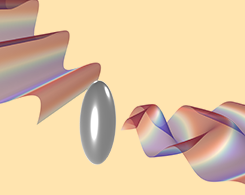
Electromagnetic Scattering in 2D Axisymmetric Models
You can save computational time and memory by performing electromagnetic scattering in 2D axisymmetric models rather than 3D. Learn more here.
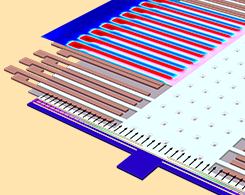
Simulating MEMS Accelerometers and Gyroscopes Used in Inertial Measurement Units
Many autonomous vehicles rely on IMUs for navigation. Here, we show how the MEMS Module can help you model the gyroscopes and accelerometers used in IMUs.
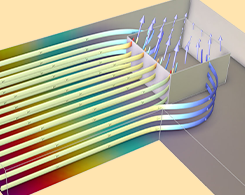
Extracting Specific Contact Resistivity with a Benchmark Model
You can now add contact resistance to metal contacts using the Semiconductor Module. In this blog post, we’ll explore a benchmark model that takes advantage of this new functionality.

Computing and Visualizing Satellite Orbits in COMSOL®
Here, we introduce a new, out-of-this-world tutorial model of a spacecraft in orbit.
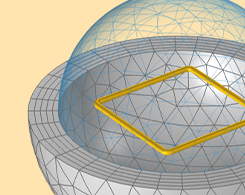
Computing and Using Partial Inductance with COMSOL®
COMSOL Multiphysics® version 6.0 brings new functionality for computing total and partial inductances and AC resistances. Get an overview here.
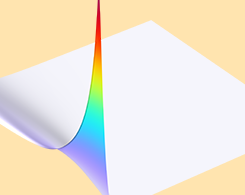
The Boltzmann Equation, Two-Term Approximation Interface
When modeling plasma, you sometimes want to define the electron transport properties as a function of the electron energy. The Boltzmann Equation, Two-Term Approximation interface does just that.
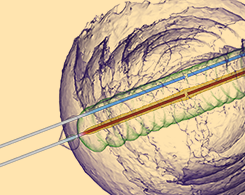
How Long Does It Take an Engineer to Turn on a Light Bulb?
Misconception about electricity: Electrons carry the energy in an electrical circuit. Today, we investigate this theory with simulation.
